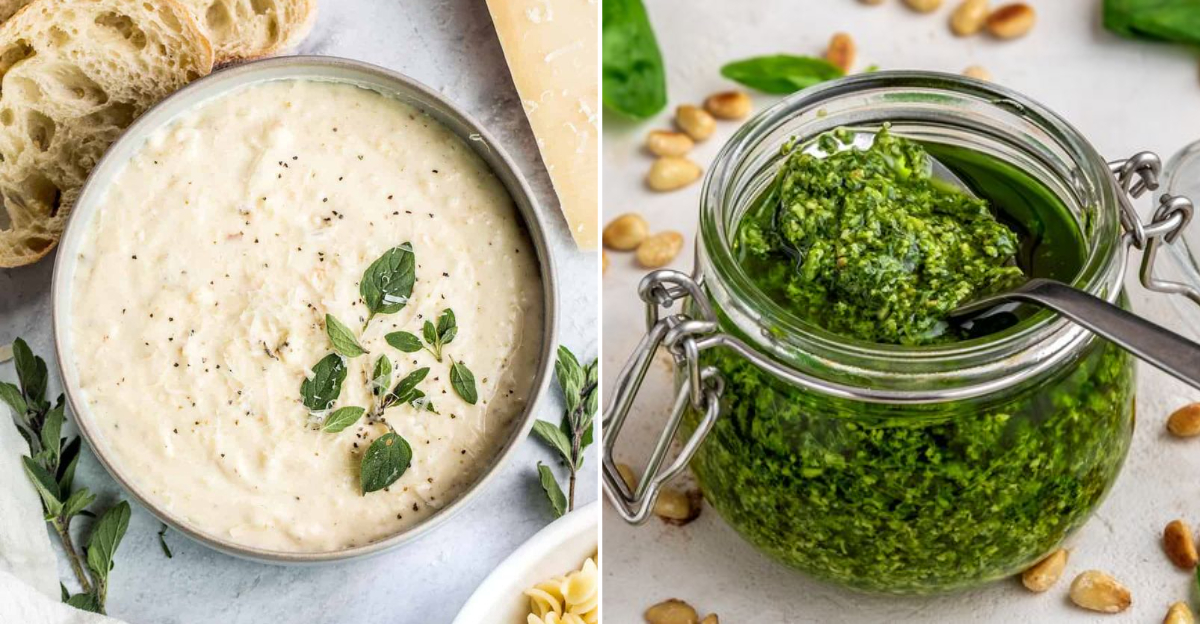7 Well-Loved Sauces That Go Bad Within Weeks (But They Linger In Refrigerators For Months)

I’ve been guilty of sauce hoarding. You know the drill – buying that fancy bottle for one recipe, using a tablespoon, then discovering it months later hiding behind the ketchup.
While some condiments can last practically forever, many of our favorite sauces actually expire much faster than we realize.
Here’s my rundown of seven popular sauces that should be used quickly but often end up as permanent refrigerator residents instead.
1. Tartar Sauce: The Fish’s Friend That Turns Foe
My fish fry obsession led to a tartar sauce collection that would make Captain Ahab proud. Unfortunately, I learned the hard way that this tangy condiment isn’t built for the long haul.
Homemade tartar sauce lasts about 5-7 days in the refrigerator before quality deteriorates. The mayonnaise base combined with chopped pickles, capers, and herbs creates multiple avenues for spoilage. Commercial versions with preservatives might stretch to 3-4 weeks after opening, but the flavor noticeably declines.
When tartar sauce develops a watery layer, sour smell, or any discoloration, it’s time to say goodbye. I’ve started making smaller batches with just mayo, relish, and lemon juice – quick, fresh, and no waste!
2. Homemade Salad Dressings: From Vibrant To Suspicious
My healthy eating kick inspired a rainbow of mason jars filled with homemade vinaigrettes. Two months later, I found them lurking behind the milk, looking nothing like their former vibrant selves.
Oil-and-vinegar dressings typically last 1-2 weeks refrigerated before quality declines. Creamy dressings with mayonnaise, yogurt, or buttermilk bases are even more vulnerable, lasting just 5-7 days. The separated layers might look salvageable with a shake, but trust your nose – any off odors mean it’s trash-bound.
Herb particles and garlic pieces in dressings can accelerate spoilage by introducing moisture and potential bacteria. My new strategy? Making “mother” dressings – basic vinaigrettes that I customize with fresh herbs and additions just before serving.
3. Hollandaise: The Breakfast Sauce With Borrowed Time
My first attempt at eggs Benedict left me with enough leftover hollandaise to feed a small army. Feeling proud of my culinary achievement, I refrigerated it for future breakfasts. Big mistake!
Hollandaise sauce is perhaps the most perishable on this list, lasting a mere 1-2 days refrigerated. The combination of raw egg yolks, butter, and lemon juice creates a delicate emulsion that breaks down quickly. Even reheating properly won’t extend its life significantly.
The sauce will separate, develop a grainy texture, and potentially harbor harmful bacteria if kept too long. I’ve learned to make hollandaise in small batches using blender methods that take just minutes. When brunch calls for this luxurious sauce, fresh is the only way to go!
4. Alfredo Sauce: Creamy Dream Turns Nightmare
Nothing beats homemade Alfredo sauce coating perfectly al dente fettuccine. The trouble started when I made a big batch for a dinner party and stashed the leftovers, promptly forgetting about them until two months later.
Dairy-based Alfredo sauce is particularly vulnerable to spoilage, lasting only 4-7 days refrigerated. The heavy cream, butter, and cheese combination creates a breeding ground for bacteria. Commercial versions with preservatives might stretch to 2 weeks, but that’s pushing it.
Signs of spoilage include separation, an off smell (think sour milk), or any discoloration. When in doubt, always toss it out! Freezing portions in ice cube trays is a smart way to extend shelf life without waste.
5. Pesto: The Green Gold That Fades Fast
Last summer I made the rookie mistake of buying a massive jar of pesto, convinced I’d use it on everything. Three months later, I discovered a science experiment growing in the back of my fridge!
Fresh pesto typically lasts just 5-7 days in the refrigerator. The combination of fresh basil, pine nuts, and oils creates the perfect environment for bacteria to throw a party. That vibrant green color? It starts browning within days as oxidation sets in.
Store-bought versions with preservatives might stretch to 2-3 weeks once opened, but that’s it. For maximum freshness, transfer your pesto to an airtight container and drizzle a thin layer of olive oil on top to create a protective seal against air.
6. Salsa Verde: The Tomatillo Timeout
Taco Tuesday at my place always features homemade salsa verde, but my enthusiasm for tomatillos often exceeds my actual taco consumption. The half-used jar gets pushed back, forgotten until I discover it weeks later.
Fresh salsa verde lasts approximately 5-7 days refrigerated before quality significantly deteriorates. The combination of acidic tomatillos, onions, cilantro, and chilies creates a flavorful but perishable mixture. Store-bought versions with preservatives might stretch to 2 weeks after opening.
Signs of spoilage include bubbling (fermentation), off odors, or any mold growth on the surface. The bright, vibrant green color will also dull over time. I’ve started freezing excess salsa verde in ice cube trays – perfect portions for quick defrosting when the taco craving strikes!
7. Cocktail Sauce: Shrimp’s Companion With A Countdown
After hosting a seafood party, I found myself with nearly a full bowl of homemade cocktail sauce. “I’ll use this soon,” I thought, shoving it into the fridge. Three months later, it had transformed into something unrecognizable.
Homemade cocktail sauce typically lasts 5-7 days refrigerated before quality declines. The combination of ketchup, horseradish, lemon juice, and Worcestershire creates a complex flavor profile but also multiple avenues for spoilage. Commercial versions might last 3-4 weeks after opening.
When cocktail sauce develops a darker color, watery separation, or any off odors, it’s time for disposal. The horseradish element is particularly vulnerable, losing its signature punch within days. I now make small batches on demand – just a few tablespoons of ketchup, a squeeze of lemon, and freshly grated horseradish.
